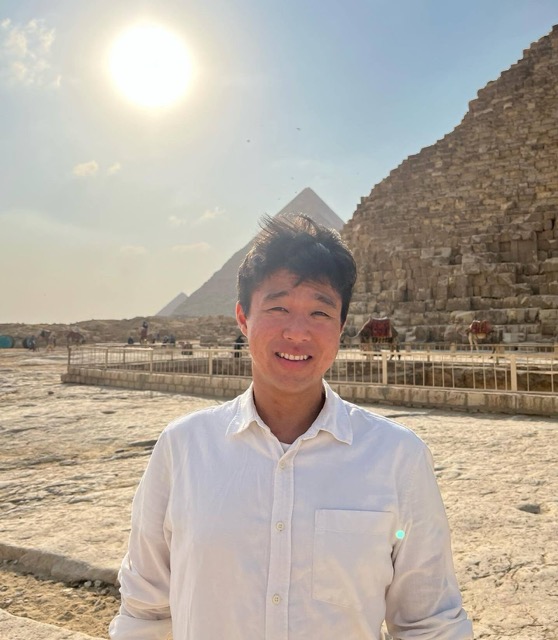A little about me...

Hello! My name is Jason (or Jaemyoung) Lee (Korean: 이재명). I was born and mostly raised in South Korea, except for the 5 years I spent in Southern California as a kid. It was during those 5 years when I fell in love with astrophysics and decided that I will become an astrophysicist.
In 3rd grade, I had to make a pop-up book on a Solar System planet for a class project (my planet was Venus), and even though my mom had to make most of the book itself since I am far from a crafty person, I found myself suddenly drawn into the world of astrophysics.
While my initial interests were in planetary science, I engaged in cosmology research during my final years of undergrad at Korea University and the University of Toronto, which propelled me to my current path.
When I am not doing research, I love to travel and play classical music (piano and violin).